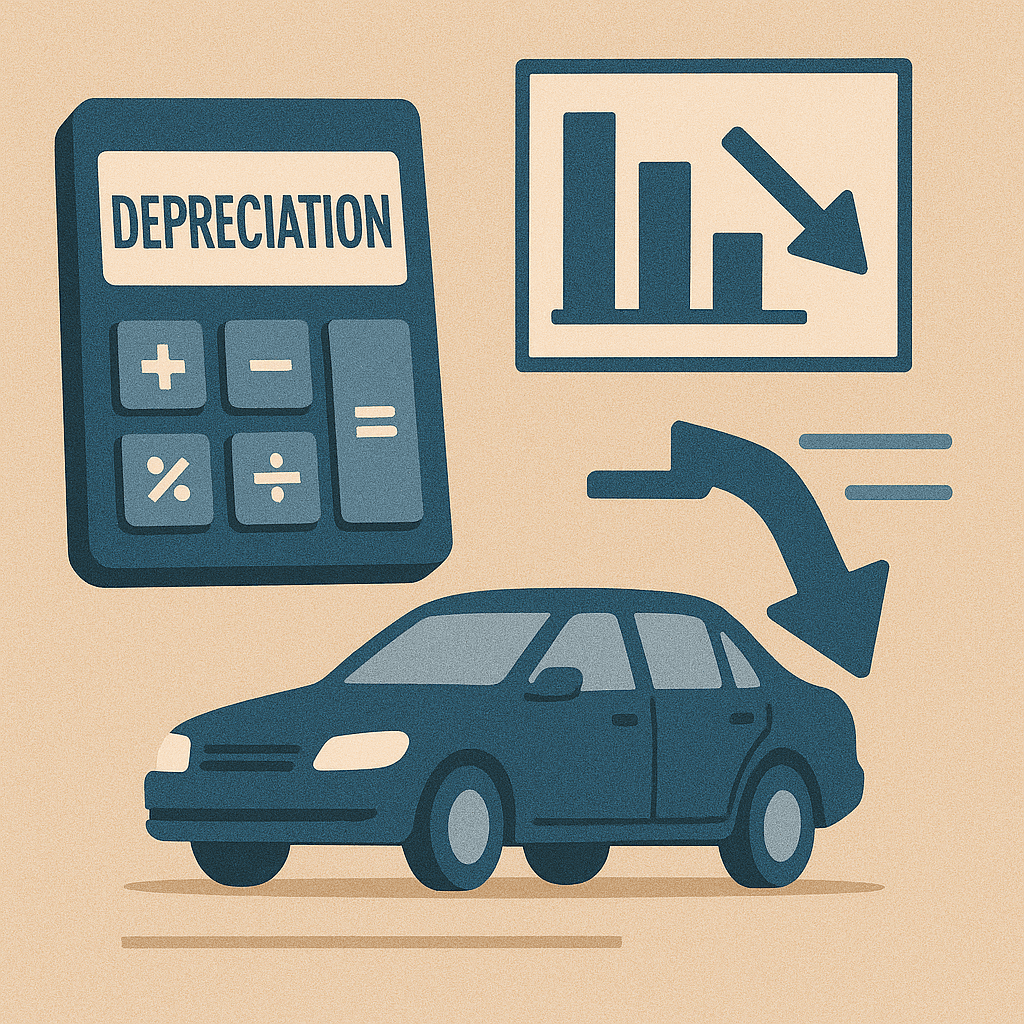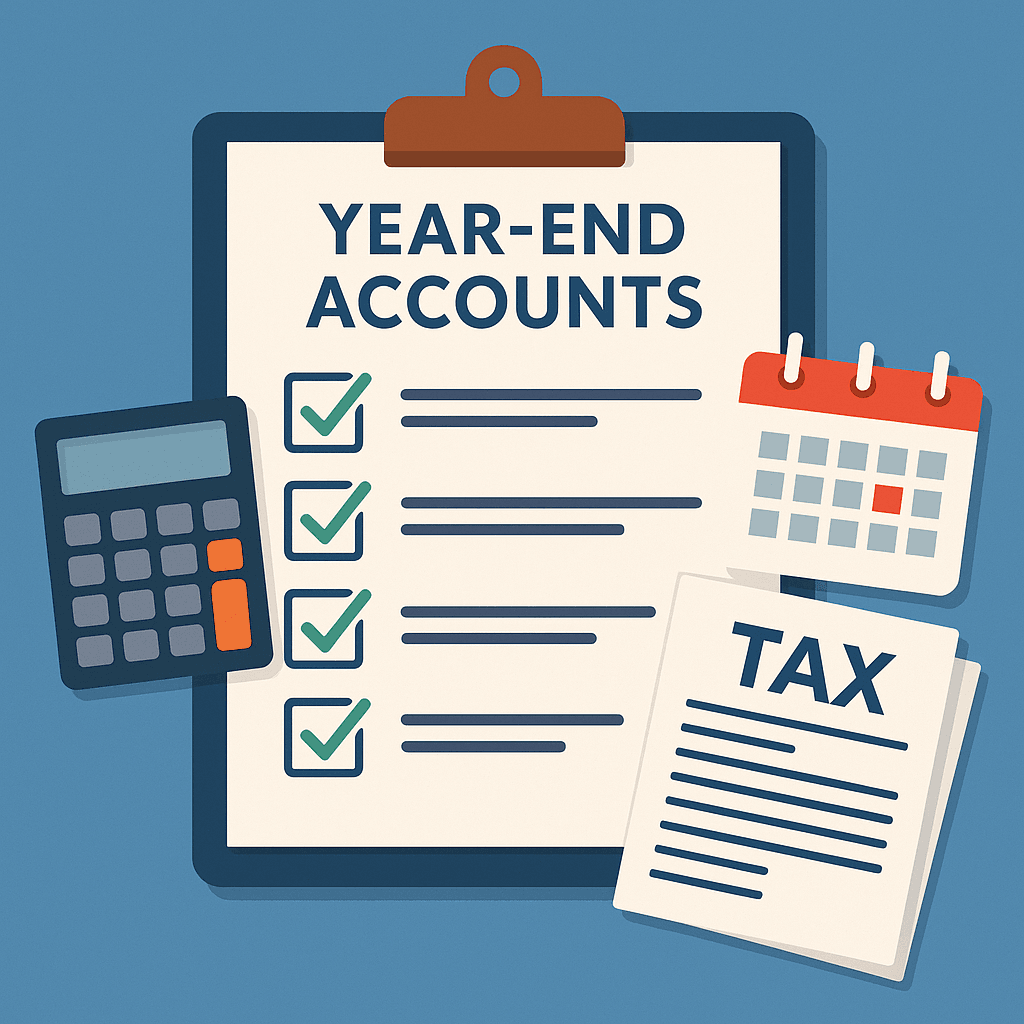Depreciation is a term that often gets mentioned in accounting, yet many business owners are unsure of how it truly works or why it matters. Put simply, depreciation is the process of spreading the cost of an asset over its useful life. It recognises that items such as equipment, vehicles, and machinery lose value over time. While it may seem like just another accounting adjustment, understanding depreciation can have a significant impact on your financial planning, tax obligations, and long-term decision-making.
What Is Depreciation?
Depreciation is an accounting method used to represent the decline in value of tangible business assets. Instead of recording the entire purchase cost of, for example, a company vehicle in one year, depreciation allows you to spread the expense across several years. This approach more accurately reflects how the asset contributes to your business over time, giving you a clearer picture of profits and performance.
Why Depreciation Matters for Business Owners
Depreciation is more than just a technicality; it directly affects your financial reports and tax liabilities. Key reasons it matters include:
- Accurate financial statements – Depreciation ensures that your accounts reflect the true cost of running your business, making reports more realistic.
- Tax relief – In many cases, businesses can deduct depreciation as an expense, reducing taxable profits.
- Budget planning – Understanding how assets lose value helps you forecast when replacements will be needed.
- Investor confidence – Well-prepared accounts that include depreciation give stakeholders a reliable view of your business’s health.
Common Methods of Calculating Depreciation
There are several approaches to calculating depreciation, with the most common being:
- Straight-line depreciation – The simplest method, spreading the cost evenly over the asset’s useful life.
- Reducing balance depreciation – Applies a fixed percentage to the remaining value each year, meaning higher depreciation in early years.
- Units of production depreciation – Based on how much the asset is used, ideal for machinery with measurable output.
The method you choose can influence reported profits and tax outcomes, so it’s important to select one that aligns with your business and accounting standards.
Practical Examples of Depreciation
- A company buys a delivery van for £20,000, expected to last 5 years. Using straight-line depreciation, the business records £4,000 as an expense each year.
- A manufacturer purchases a piece of equipment for £50,000 with a 10-year lifespan. If using the reducing balance method, the depreciation expense will be higher in the first few years and lower towards the end.
These examples show how depreciation helps match costs with the benefits assets bring to your business.
The Risks of Ignoring Depreciation
Failing to account for depreciation properly can result in overstated profits, misleading financial statements, and unexpected tax bills. It can also cause budgeting problems when assets suddenly need replacing without adequate planning.
How a Bookkeeper or Accountant Can Help
While the concept of depreciation is straightforward, applying it correctly can be more complex. Different assets, tax rules, and industry standards may require tailored approaches. This is where a skilled bookkeeper or accountant can make a difference. They will ensure your depreciation is calculated accurately, helping you stay compliant, reduce tax liability, and make informed financial decisions.
Final Thoughts
Depreciation is not just a technical accounting entry—it’s an essential part of understanding your business’s financial reality. By spreading costs realistically, planning for asset replacement, and taking advantage of tax reliefs, depreciation provides clarity and control. For business owners looking to strengthen financial management, understanding depreciation is a valuable step forward.




